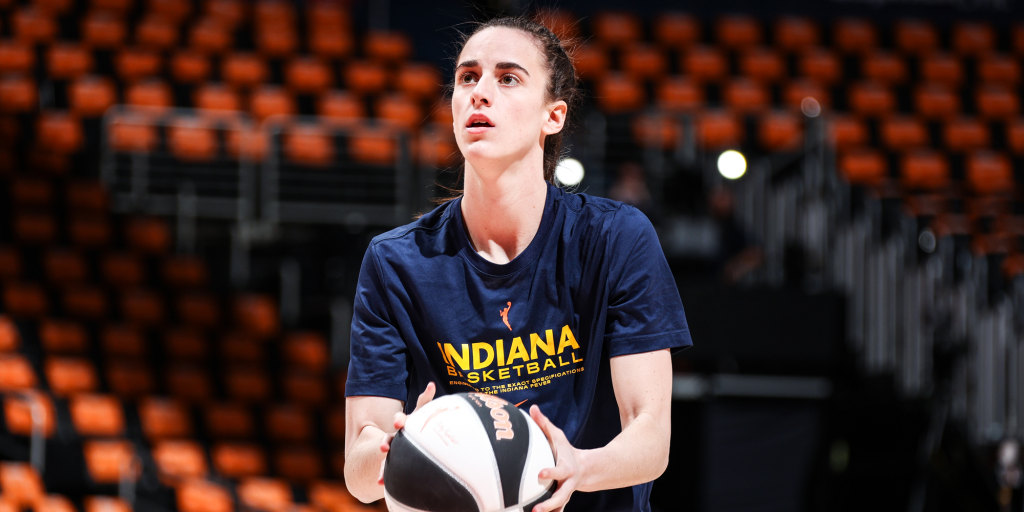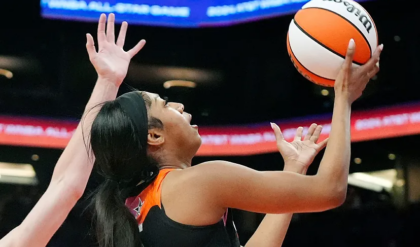Team USA’s recent decision to exclude Caitlyn Clark from the Olympic team has ignited a significant controversy, amplified by a fan’s provocative sign during a game against Japan. While some players and coaches have voiced their frustrations over the focus on Clark, her undeniable talent and impact on the game continue to raise questions about the team’s choices.
During the Team USA versus Japan basketball game, a fan held up a humorous sign suggesting that Caitlyn Clark was essential to defeating the Japanese team.
This playful gesture elicited laughter from players such as Alyssa Thomas and Asia Wilson, illustrating the light-hearted nature of sports rivalries and the camaraderie that can emerge from competitive interactions.
The episode highlighted how fan engagement often intersects with player dynamics, adding an extra layer of intrigue and entertainment to the game. Britney Griner’s reaction to the sign further underscored the competitive tension and how such moments can inspire players to elevate their performance.

Caitlyn Clark’s presence on the court holds significant weight not only because of her talent but also due to the attention she brings to women’s basketball. Asia Wilson’s status as a back-to-back champion and potential MVP reflects the rising stars in the league, and the debate over Clark’s exclusion underscores the influence of media attention on the sport.
Star players like Clark can have a profound impact on audience engagement and viewership, making her omission from Team USA’s roster a contentious issue. Coach Cheryl Reeve’s frustration with the media focus on Clark highlights the complex balance between managing team dynamics and public perception.

The decision to exclude Caitlyn Clark from Team USA’s Paris trip has sparked discussions about fairness and representation within women’s sports. Some players feel overshadowed by the media attention given to Clark, suggesting it detracts from the recognition of other talented athletes. This debate touches on deeper issues of bias and the challenges of achieving balanced recognition in a competitive field. Coach Reeve’s comments reflect a desire for the team to move beyond the focus on Clark, yet this approach may undermine the potential contributions she could have made to the team’s success.
Coach Dawn Staley’s acknowledgment of Caitlyn Clark’s rising performance adds another layer to the debate. Staley noted that if decisions were being made with Clark’s current form in mind, she would be a strong contender for the team. The irony of Clark’s exclusion, coupled with her continued success, highlights her growing influence in women’s basketball. Staley’s remarks emphasize the need for evaluating players based on their present performance rather than past potential, showcasing the dynamic nature of talent assessment in sports.
Despite Staley’s recognition of Clark’s current skill level, she did not explicitly state that Clark deserved a spot on the team. Clark’s recent performances, particularly her league-leading 8.2 assists per game, underscore her value as a player. Staley’s decision-making process reflects a commitment to the team’s strategy, suggesting that the selection choices were deemed appropriate at the time. The ongoing discussion about Clark’s exclusion illustrates the complexities of team selection, especially for elite players whose impact on the game remains significant even when they are not part of the roster.





